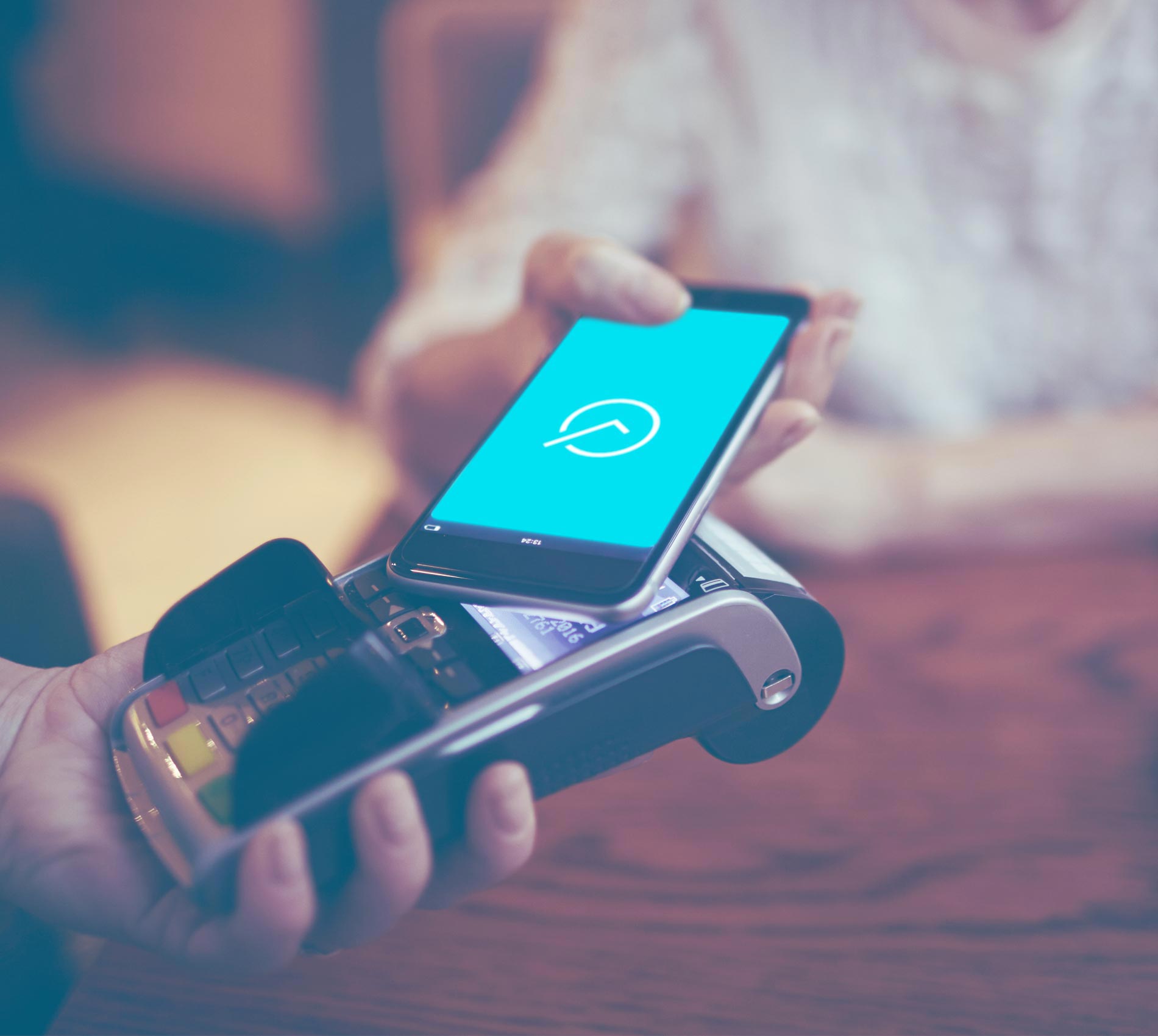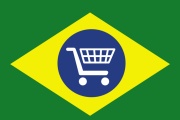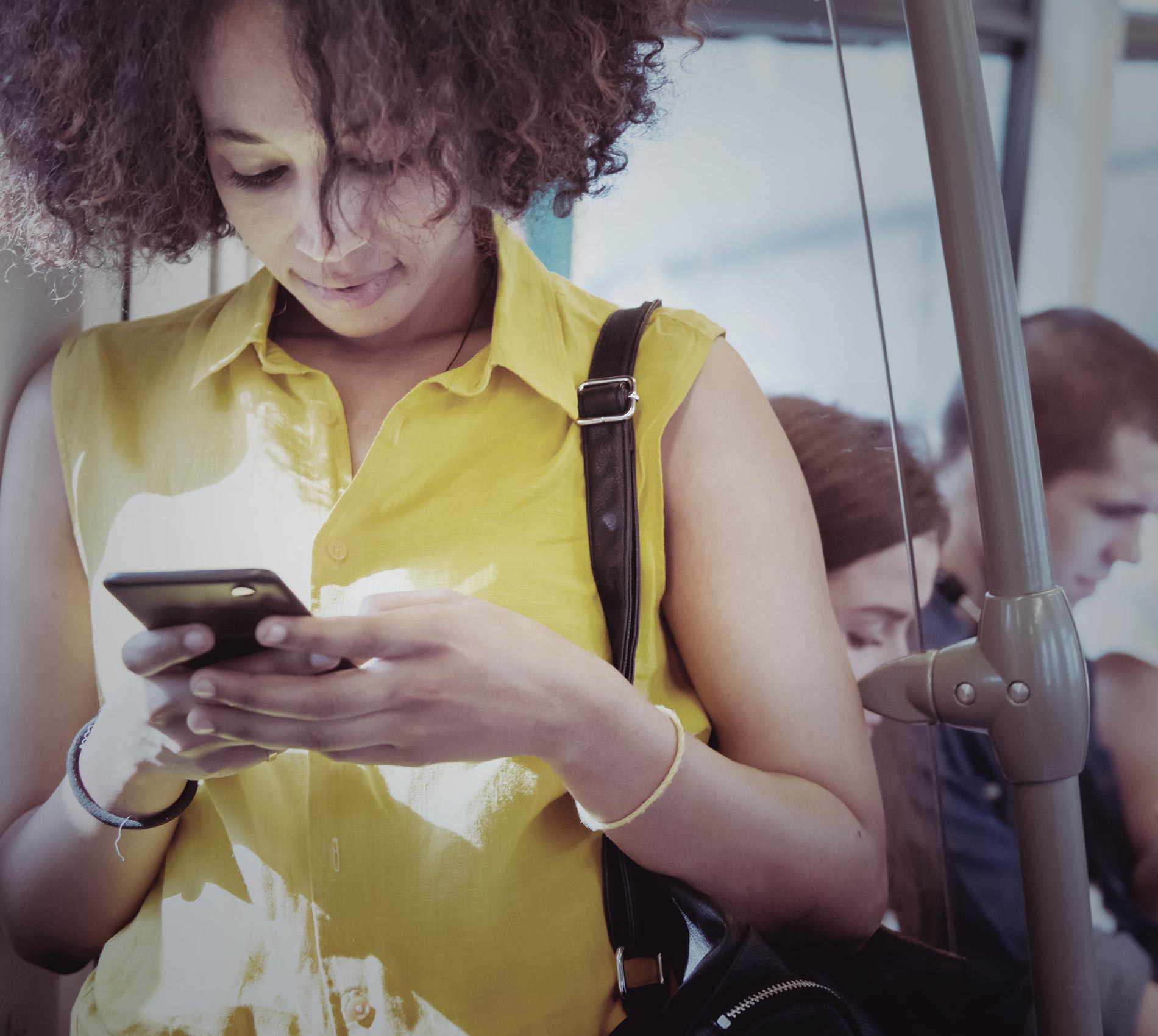Even though cash usage is still very popular in Brazil, there is no doubt that mobile payments will soon become more frequent among the population – especially with the implementation of instant payments, currently under development by the Central Bank of Brazil.
According to the eMarketer report on LATAM mobile payment users in 2019, Brazil is the only country in the region where Samsung Pay, Google Pay, and Apple Pay are all present. In addition, proximity payment penetration in Brazil ties with Argentina, with both reaching 14.5%. This is higher than the penetration rate in Mexico (10.2%), the second-largest e-commerce market in LATAM.
Proximity payments are mostly likely to age in Latin America: younger consumers are adopting the payment method the fastest, as this alternative provides ease of use while on the go, immediate money transfer and instant confirmation. In addition, when asked what benefits would encourage consumers to make a mobile payment, 39% of respondents said they find this a good backup in case they forget their purse or wallet. Furthermore, 22.3% of internet users believe having a digital wallet is an essential feature their current bank should offer.
However, LATAM countries also face barriers when it comes to proximity payment adoption – such as cash reliance, security mistrust, and inclusion in broader financial services. In Brazil, this is especially true, as the country is home to 45 million unbanked adults. In fact, 22.7% of internet users in Brazil said they don’t pay for in-store purchases via mobile platforms because they prefer to pay in cash.
For that matter, in order to increase proximity payment adoption, fintech companies must find ways to include this population in the universe of digital finance.
What will shape mobile payments in Brazil?
According to eMarketer, Brazil will have 21 million proximity payment users by 2023 – the current number of users is 12 million. QR code adoption and NFC payments will be the main drivers towards this phenomenon – and public transport will be an important motivator for the increase in proximity payment usage.
QR codes
QR codes will play an important role in mobile payments in Brazil, as banks, digital accounts and e-wallets are offering this solution to their users.
In addition, QR code usage in non-related payment scenarios also helps Brazilians become more familiar with the method. As of September 2019, subway stations in São Paulo – the largest city in Brazil – have started testing the system. Passengers buy their tickets and scan the QR Code with their smartphones to release the ticket gate. Even though the payment does not occur through QR codes specifically, Brazilians become more familiar with this alternative.
NFC payments
In April 2019, Rio de Janeiro – the second-largest city in Brazil – rolled out contactless payments in all the 41 subway stations. This way, users of the public transport system were able to pay for their tickets on-the-spot – just like cash users – with a contactless card, mobile phone or wearable device. In September, São Paulo also announced it plans to enable this solution in its public transport system.




Comments
[…] For one, with the adoption of NFC and QR Code payments in public transportation – as mentioned in this article –, smartphone users become more familiar with this technology. In addition, research shows that, […]
[…] connected and heavy mobile users: these are the words that describe internet users in Brazil. The report “Digital in […]